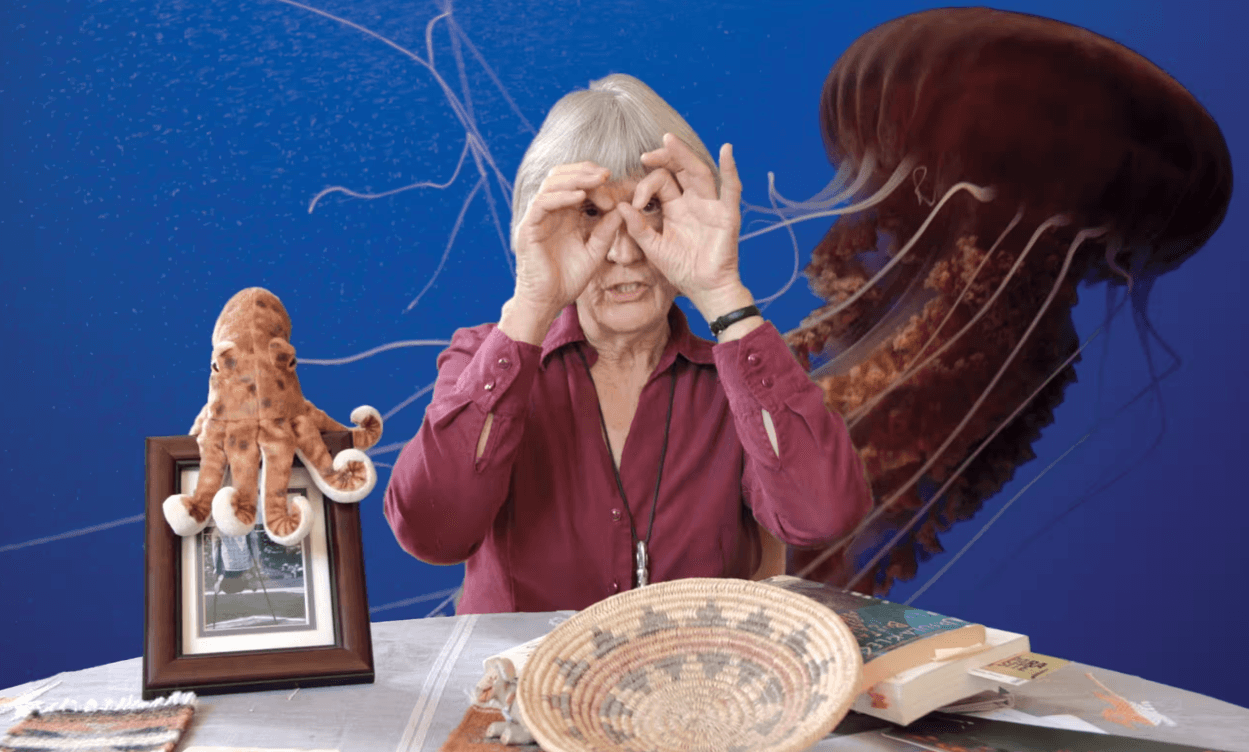Let us try and analyse one of the latest ads that invited veiled threats from the ruling government (Madhya Pradesh Home Minister Narottam Mishra to be specific), intolerance in the way of abuse on social media, backlash from the custodians of Indian culture and tradition, and so on. Yes, we are talking about Dabur Fem’s Karwa Chauth campaign that aimed to celebrate “equality” and “inclusivity” by showing a same-sex (lesbian) couple glam up for Karwa Chauth. Now, as progressive as the ad intended to be by defying the heteronormative definition of marriage, the execution was grossly misplaced. One error cannot cancel the other.
Also read: Living In Dystopia: A Commentary On Controversies From FabIndia To Dabur Fem
As a ritual, Karwa Chauth is one of the many manifestations of patriarchal hegemony that must be denounced instead of being glorified and that too through a product which is, again, a bleaching cream that helps women “glow with pride”. Why is “glow” invariably associated with “fair” and “white”? That is another debate. On the one hand, the ad discussed here intends to show two women breaking away from the “accepted” gender norms of matrimony. Progressive. On the other, in doing so, they are eventually shown ‘wishing’ to fit into a custom which is sanctioned by the patriarchal institution. Regressive. One of the women even goes to the extent of gesturing her partner to touch her feet, an act a wife is “expected” to do as a marker of obeisance to the husband, the “lord”. Here too, a hierarchy between the two women partners has been established. One of them is clearly the master, the other, a subordinate. They are not equals. One is superior to the other. Therefore, if a same-sex marriage comes to mimic the characteristics of a heteronormative alliance, where is the resistance, where is the rebellion? This is how misogyny manifests and thrives.
Sexual violence too, is institutionalised in a similar manner. In this regard, the essay ‘Feminism, Marxism, Method, and the State: Toward Feminist Jurisprudence’ (1983) by Catharine A. MacKinnon is an important intervention.
In the essay, MacKinnon examines the system of gender inequality through a feminist lens and makes it clear why she prefers to use “sex and gender relatively interchangeably”. Since sex is associated with the biological and gender is viewed as a social construct, MacKinnon delves into the relation of each aspect to sexuality, which according to her, varies. The nature-culture distinction is an important consideration for MacKinnon who argues how the male or masculine standpoint is imposed on the woman, who is compelled to oblige to patriarchal norms and emulate or adhere (as illustrated in the previous ‘Karwa Chauth’ example) to a certain way of living as sanctioned or approved by the male.
Catherine MacKinnon (1983) deconstructs the meaning of ‘objectivity’, which is invariably aligned to the ‘systemic’ and ‘hegemonic’ male perspective. As a departure from Sigmund Freud’s concept of the ‘penis-envy’ in his theory of the Oedipus Complex, MacKinnon makes an emphatic assertion, “Male is a social and political concept, not a biological attribute.”
MacKinnon (1983) deconstructs the meaning of ‘objectivity’, which is invariably aligned to the ‘systemic’ and ‘hegemonic’ male perspective. As a departure from Sigmund Freud’s concept of the ‘penis-envy’ in his theory of the Oedipus Complex, MacKinnon makes an emphatic assertion, “Male is a social and political concept, not a biological attribute.” Therefore, sexual objectification becomes a part of a social process, which is further ruled by the tenets of ‘objectivity’ as an epistemological stance, dictated by the male. So, the question that one must pose is: where is the woman’s standpoint? Or, why is the woman’s standpoint missing – has it been silenced within a system of male hegemony?
Some examples: Is a trans woman woman enough?
One of the recent debates that went viral on social media was centred on Nigerian writer Chimamanda Ngozi Adichie and her views on trans women, which invited backlash from the transgender community against the trans-exclusionary radical feminists (TERFS). In March 2017, when asked whether a trans woman is “any less of a real woman”, Adichie answered thus:
“…trans women are trans women… and I think if you’ve lived in the world as a man with the privileges that the world accords to men and then sort of change gender, it’s difficult for me to accept that then we can equate your experience with the experience of a woman who has lived from the beginning as a woman and who has not been accorded those privileges that men are.”

In May 2021, Indian feminist and activist Kamla Bhasin’s remarks on the transgender community invited condemnation from feminist circles. During a workshop, while speaking on patriarchy, feminism, and gender, Bhasin said, “Gender, feminism, and patriarchy are limited to male, female… (where gender is restricted to the socio-cultural definition of a man and a woman) … it doesn’t mean caste, it doesn’t mean race”. Later, she also insinuated how “menstruation is what completes a woman” and made disparaging comments about the body of trans people.
Also read: Holding Adichie’s Feminism Accountable: Imagining A Revolutionary Feminist Space
Both Adichie and Bhasin, otherwise revered for their feminist concerns, somehow gave in to the patriarchal definition of a woman’s anatomy. Not only did their remarks indicate treating ‘trans’ as different, secondary to ‘women’s’ concerns, they also fell into the trap of masculinist tropes of gender politics that they themselves seek to challenge and break away from. Such a reductionist, regressive, and exclusionary meaning of feminism goes against the principles of intersectional feminism which is about propagating inclusivity and diversity.
Both Adichie and Bhasin, otherwise revered for their feminist concerns, somehow gave in to the patriarchal definition of a woman’s anatomy. Not only did their remarks indicate treating ‘trans’ as different, secondary to ‘women’s’ concerns, they also fell into the trap of masculinist tropes of gender politics that they themselves seek to challenge and break away from. Such a reductionist, regressive, and exclusionary meaning of feminism goes against the principles of intersectional feminism which is about propagating inclusivity and diversity. A woman’s movement for empowerment and emancipation cannot be treated in a singular, linear way. If a trans woman is made to feel less of a woman because she is in a flux or is navigating the dynamics of gender, then she must be made to feel all the more included and wanted, and not be labelled as someone ‘different’ and against the ‘normal’ within what Judith Butler calls the ‘heterosexual matrix’.
These examples lead us back to what MacKinnon is trying to unpack and unmask in her essay on feminist epistemology and how it must challenge and rewrite the official ‘male’ narrative. The struggle for consciousness is paramount in understanding the differences and the labels we create that lead to sex inequality. Transphobia, as explained through the previous examples, is a position that is often defended, misleadingly so, because it threatens the socio-cultural definition of gender.
About the author(s)
With over 10 years’ experience in publishing and journalism, Ipshita Mitra has a Bachelor’s degree in English Literature from Miranda House, DU and holds a PG Diploma in English Journalism from IIMC. She did her MA in Gender and Development Studies and is currently pursuing her PhD in Gender Studies from IGNOU.
She has worked with The Times of India, The Asian Age, The Quint, Om Books International, World Monuments Fund India Association, and The Energy and Resources Institute (TERI). In 2016, her short story ‘Cacophony of Silence’ was published by Nikkei Voice, a Canadian-Japanese newspaper. In 2020, her short story ‘Bohemian Sailor of the Gulf’ was published by Sublunary Editions, a Seattle-based independent publisher. The Indian Quarterly (April–June 2021) published her short fiction, ‘Kabuliwala Returns’. She writes on books, culture, environment, and gender for TerraGreen, The Hindu, Scroll.in, The Wire, Wasafiri, Firstpost, Huffington Post, India Currents, and others. She tweets @ipshita77.






There is no patriarchy. Women are preferred over men everywhere, and are the privileged gender. When a ship is sinking, women have lifeboats reserved for them, women are saved first in hostage situations, women are rescued first from burning buildings, women get to spend men’s earnings, women are preferred in divorce courts, women are handed child custody in the majority of cases, women get less jail time for the same crimes committed by men, innocent men rot in jail in false cases, society laughs at male victims of domestic violence, no shelters for male victims of domestic violence, media does not cover men’s issues, news reporters announce deaths of ‘women’ and children, no one cares about men’s deaths, majority of war deaths are of men (97%), majority of workplace deaths are of men (93%), majority of suicides are of men (80%), majority of homicide victims are men (77%), majority of homeless are men, most dangerous jobs are worked by men, more men die from prostate cancer than women from breast cancer yet no awareness for prostate cancer, majority of funding is spent on women’s health, less deserving women get hired over more deserving men if they are pretty, households are controlled by mothers-in-law, girls are treated better than boys in schools and colleges, seats in buses and metros are reserved for women, men’s life savings are spent in alimony and child support payments, even in two income families men bear the monetary burden, men face mandatory conscription, men are victims of paternity fraud, women receive the same social standing as their husband overnight after marriage, a jobless man is a loser but a jobless woman is a homemaker, men suffer from hypertension due to work related issues, men have shorter life expectancy, men work longer and die younger, men are reduced to disposable ATMs.